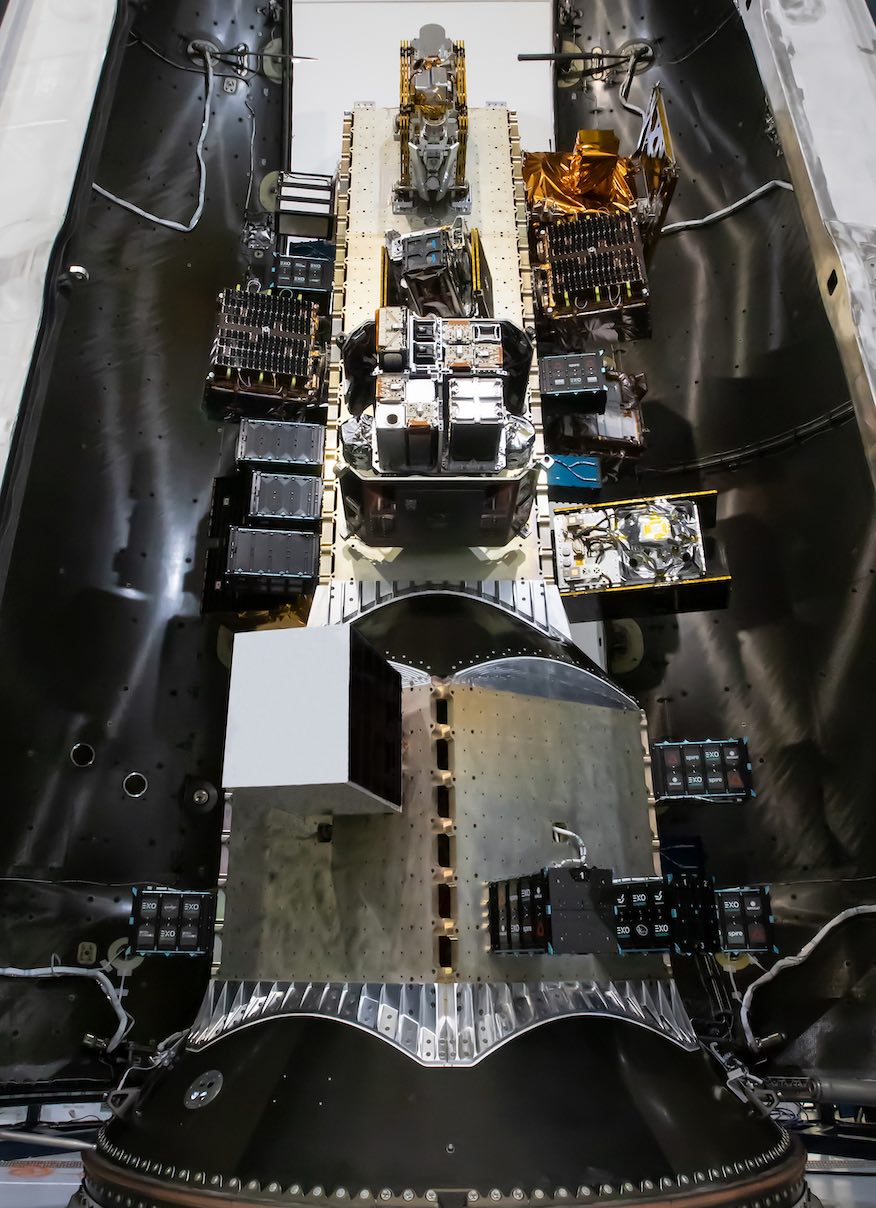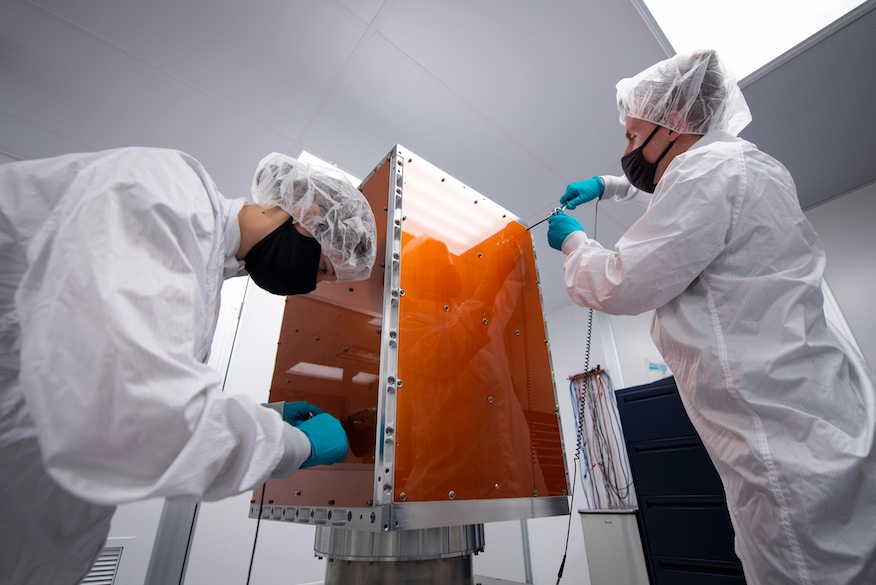SpaceX is gearing up for its fourth smallsat rideshare mission to low Earth orbit in 2023. The Transporter-9 mission is scheduled to launch from Vandenberg Space Force Base in California within a 55-minute window starting at 10:49 a.m. PST (18:49 UTC).
Featuring a grand total of 113 payloads, 90 of which will be directly deployed from the Falcon 9 rocket, this mission marks another milestone for SpaceX in the realm of space exploration. The remaining 23 satellites will be deployed from orbital transfer vehicles at a later time.

Planet Labs PBC, an Earth observation company based in San Francisco, is the primary contributor of the diverse array of payloads, with plans to send up 36 SuperDove satellites in addition to a technology demonstration satellite called “Pelican-1.”
Aside from being an impressive feat in itself, the mission is significant in light of other recent SpaceX endeavors, such as the launch of a batch of Starlink satellites and a cargo resupply mission to the International Space Station.
Moreover, the Transporter-9 mission will mark the 12th mission for B1071, the first stage booster serving as SpaceX’s launch vehicle.
Earth observations and technology demonstrations
During the mission, SpaceX will begin deploying the rideshare payloads, including 11 payloads from German company, Exolaunch. Notable satellites onboard the flight include GHGSat-C9 “Juba” and Djibouti-1A, with the latter designed to transmit crucial data for meteorological research.

Another notable addition is FalconSAT-X, a satellite developed by the U.S. Air Force Academy. Overall, the range of payloads showcases diverse applications and the potential for meaningful advancements in various fields of research and innovation.

